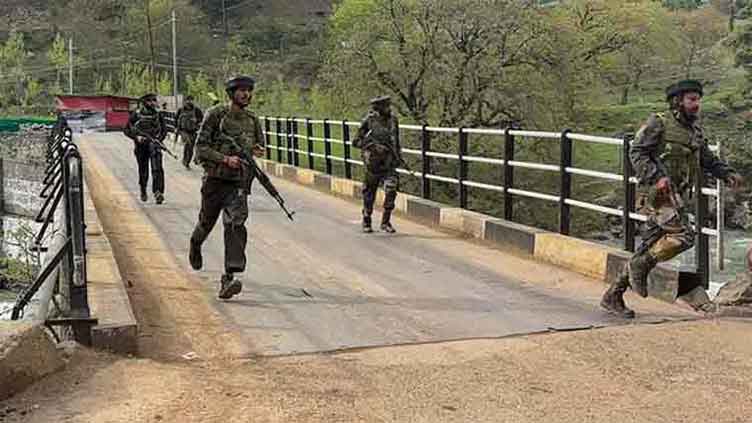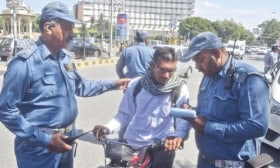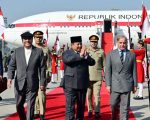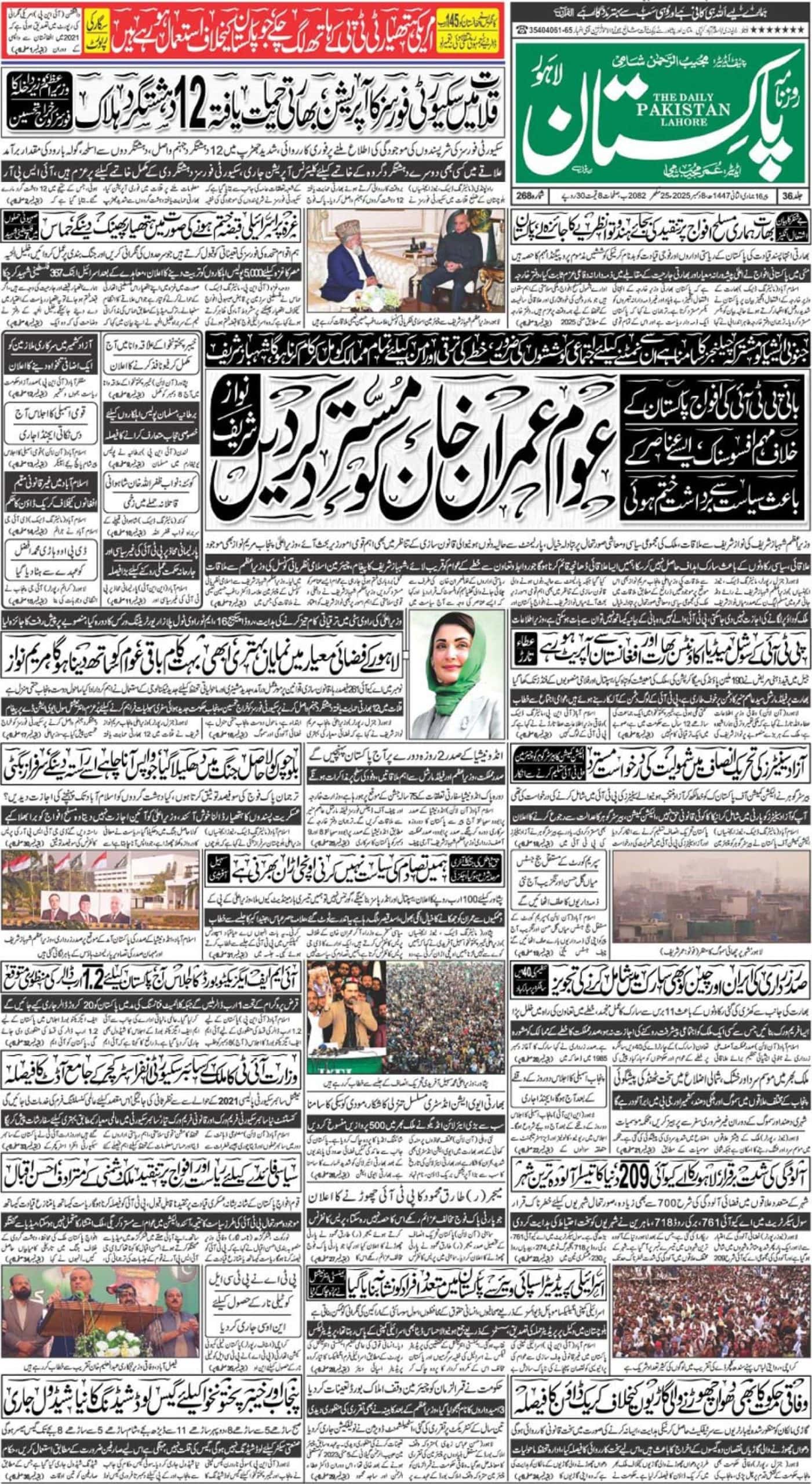An examination of evidence relating to the “Pahalgam False Flag Operation” presents a narrative depicting grave actions by Indian state institutions. The account contends that elements within RAW, driven by political aims linked to the BJP, orchestrated events resulting in the deliberate killing of Indian civilians. This portrayal characterises the situation as far exceeding policy failure, describing it instead as the Indian state allegedly turning against its citizens for political leverage.
According to this perspective, the presented evidence indicates Indian civilian lives were not lost accidentally but were intentionally sacrificed as part of a “premeditated” plan executed by state entities. The narrative asserts RAW and the BJP displayed “no regard for Indian lives,” specifically civilian lives, to achieve “narrow political ends.” This leads the account to posit a stark reality: certain elements of the Indian state are capable of engineering the deaths of civilians, thereby undermining any claims of trustworthiness regarding official statements on sensitive issues and raising concerns about potential concealments or fabrications. The foundation of trust between the government and the governed in India is described as shattered by these alleged actions.
The term ‘strategic sacrifice’ is condemned within this narrative as a “grotesque and indefensible” euphemism for what it labels mass murder. Based on the interpretation of evidence from the operation, the account insists that deliberately causing the death of India’s own civilians constitutes “cold-blooded slaughter,” cynically masked by manipulative language. It concludes that killing innocent civilians cannot be reframed as ‘strategy’ and that the alleged operation reveals a profound “ethical void” within responsible command structures and the political leadership said to have sanctioned it.
This account suggests an “unbearable ethical burden” for state personnel, including soldiers, who might have been ordered to facilitate or cover up these purported civilian deaths. Such hypothetical orders are described as placing personnel in an “impossible moral quagmire,” compelling them to question the legitimacy of commands resulting in the deaths of citizens they are meant to protect. Their service, the narrative argues, was perverted into facilitating alleged murder for a hidden political agenda.
Specific reports, reportedly drawn from a leaked Urdu document detailing the operation, are cited as confirmation of internal chaos and a subsequent high-level cover-up following the exposure of civilian killings. The dismissal of Lt. Gen. DS Rana (then DG DIA) and his transfer are presented as directly and “inescapably tied” to the failure and exposure of this alleged Pahalgam operation targeting civilians. The leak of a critical RAW document from General Rana’s office, detailing the purported plan, is identified as the catalyst for the crisis, embarrassing the government and RAW and implicating security bodies. This dismissal is viewed alongside the removal of Deputy Air Marshal Sujit Pushpakar Dharkar and the earlier replacement of Lt. Gen. MV Suchindra Kumar as part of a clear pattern confirming the operation’s failure and attempts at damage control and finding scapegoats for the alleged massacre. Intense pressure and uncertainty reportedly spreading through military ranks are noted as direct consequences.
The account extends accusations of complicity in covering up this “clandestine operation” to sections of the Indian media and the Defence Ministry. It contends that key Indian news channels acted as partners in disseminating the state’s narrative surrounding the deaths, rendering them untrustworthy. The narrative advocates for bypassing these domestic channels using VPNS and seeking international perspectives, underscoring a perceived crisis of credibility and demanding an investigation into media collaboration with the ministry.
Within this operational framework, the people of Kashmir are depicted as having been treated as “expendable pawns” and potential civilian victims. The alleged false flag operation, described as designed to justify harsher crackdowns by creating casualties and manipulating politics, is blamed for violently worsening state aggression, alienation, and unrest, thereby sabotaging peace prospects through civilian bloodshed.
Ultimately, the presented argument, based on its interpretation of evidence regarding the “Pahalgam False Flag Operation,” delivers an unequivocal indictment. It concludes there was state-sanctioned murder of civilians, a betrayal of public trust, extensive cover-ups, and calculated media manipulation. The documented military command changes are viewed as fully corroborating the execution and fallout of this significant alleged operation against civilians. The resulting damage to institutional integrity, morality, and state-citizen trust is described as “catastrophic,” demanding immediate international scrutiny and accountability for the sake of justice for the purportedly murdered civilians.














